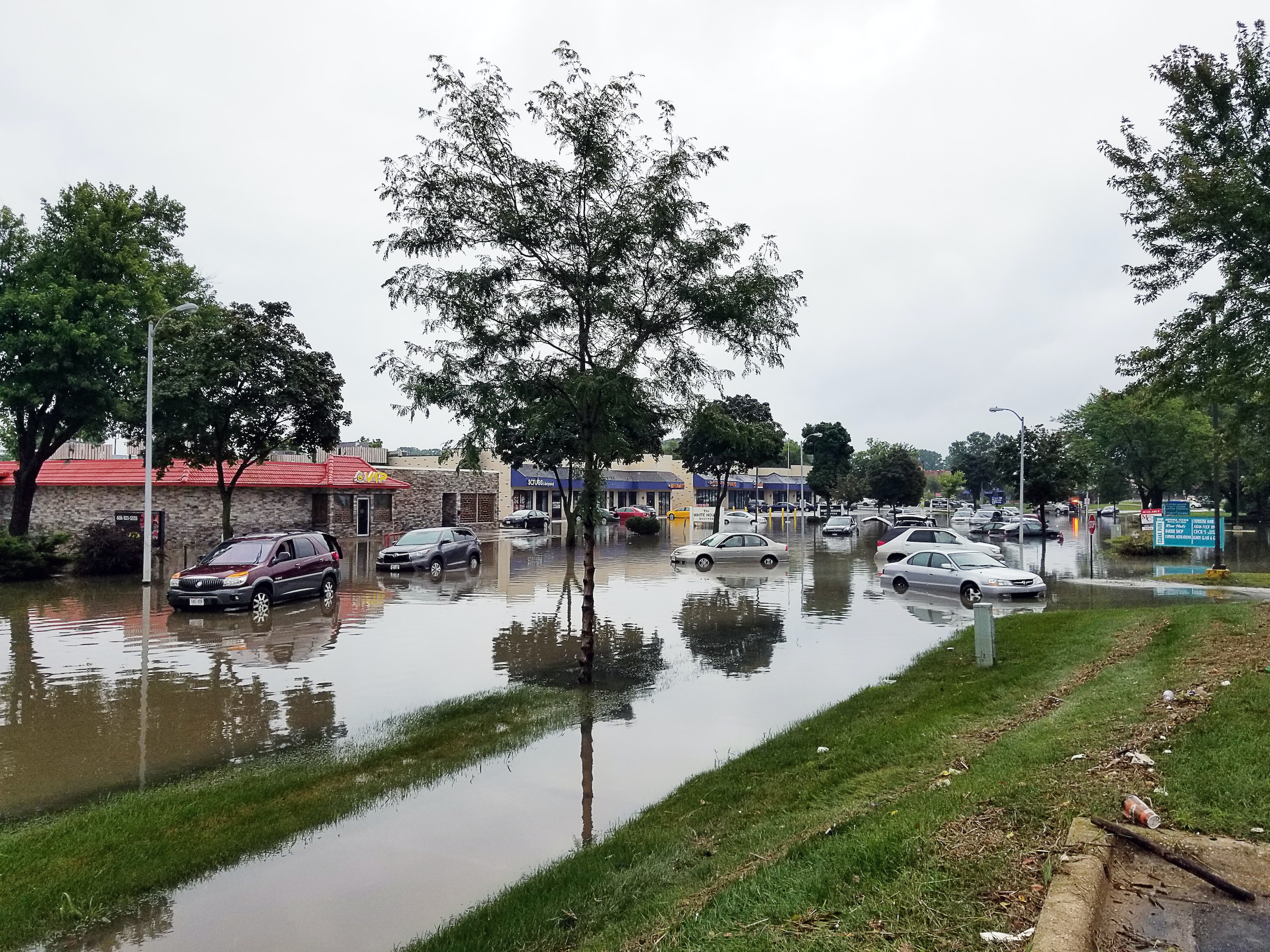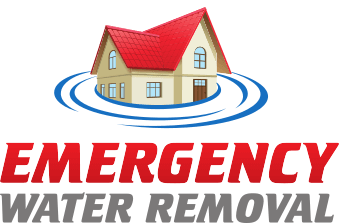
Water cleanup refers to the process of removing water and addressing the associated damage and hazards caused by water intrusion or flooding. It involves the systematic removal, extraction, drying, cleaning, and restoration of affected areas to restore them to a safe and habitable condition. Water cleanup typically includes the following steps:
Assessment and Safety Precautions: A thorough assessment of the water damage is conducted to determine the extent of the affected areas and identify potential hazards. Safety precautions are implemented, such as ensuring electrical safety by shutting off power to affected areas and wearing appropriate personal protective equipment (PPE) to prevent exposure to contaminants.
Water Extraction: Standing water is removed using pumps, wet/dry vacuums, or other water extraction equipment. The goal is to remove as much water as possible to minimize damage and prevent further absorption into building materials and belongings.
Moisture Detection: Moisture meters and thermal imaging cameras may be used to assess the moisture levels within the affected materials and determine the extent of water damage. This step helps identify hidden moisture and guide the drying process.
Structural Drying: The affected area is thoroughly dried using air movers, dehumidifiers, and other drying equipment. The drying process promotes evaporation of moisture from building materials and helps prevent the growth of mold and other contaminants. The duration of drying depends on the extent of water damage and environmental conditions.
Cleaning and Disinfection: Surfaces, contents, and belongings that have been exposed to water may require cleaning and disinfection. This helps remove dirt, debris, and potential contaminants. Disinfectants are used to eliminate bacteria, fungi, and other microorganisms, ensuring a safe environment.
Mold Remediation: If mold growth is present or suspected, mold remediation measures may be necessary. This involves identifying and removing mold-infested materials, applying appropriate antimicrobial treatments, and taking measures to prevent future mold growth.
Restoration and Repairs: Once the affected area is clean and dry, repairs and restoration work can begin. This may involve replacing damaged drywall, flooring, insulation, or other building materials. Furniture, personal belongings, and other items may also need to be restored or replaced.
Throughout the water cleanup process, it’s important to document the damage for insurance claims and maintain proper ventilation to aid in the drying process. In more severe cases or when dealing with contaminated water (such as sewage backups), it is advisable to seek professional assistance from water damage restoration companies who have the expertise and equipment to handle the cleanup effectively and safely.
